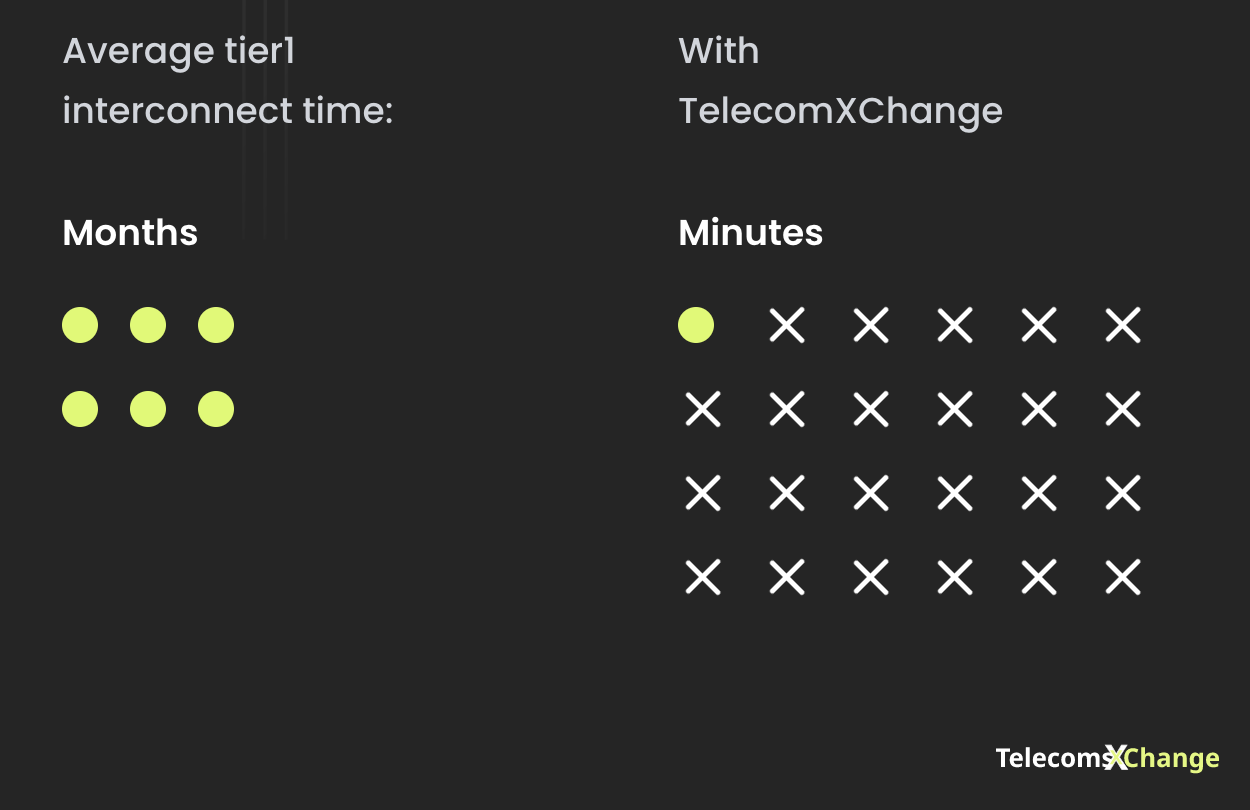The telecommunications industry is constantly evolving and adapting to new technologies and trends. One of the most exciting developments in this field in recent years has been the rise of artificial intelligence (AI).
AI has the potential to revolutionize the way telecom companies operate, providing a wide range of benefits and efficiencies. In this article, we will explore some of the key use cases for AI in the telecommunications industry.
- Customer service: AI can be used to improve the customer experience by automating common tasks and providing quick and accurate responses to customer inquiries. This can help to reduce wait times and improve customer satisfaction.
- Network management: AI can be used to monitor and optimize network performance, helping to reduce downtime and improve reliability. This can be particularly valuable for telecom companies that need to manage large and complex networks.
- Fraud detection: AI can be used to analyze patterns in phone and internet usage to identify and prevent fraudulent activity. This can help to protect both telecom companies and their customers from financial losses and other harm.
- Personalization: AI can be used to provide personalized recommendations for services and products based on an individual’s usage patterns and preferences. This can help to improve customer engagement and increase revenue.
- Virtual assistants: AI can be used to develop virtual assistants that can handle a wide range of tasks, such as scheduling appointments, making phone calls, and sending messages. This can help to free up customer service representatives to handle more complex issues.
- Price lists Processing:AI and ML can be used for price list structure processing in a number of ways. For example, machine learning algorithms can be trained on historical data to identify patterns and trends in pricing, and then use that knowledge to make predictions about future prices. This can be useful for identifying opportunities to negotiate better deals or for making pricing decisions based on market conditions. Additionally, AI and ML can be used to automate the process of updating and maintaining price lists, making it faster and more efficient. This can save time and resources, allowing businesses to focus on other aspects of their operations.
In addition to these core use cases, AI can also be used in other areas of the telecommunications industry, such as predictive maintenance, traffic optimization, sentiment analysis, predictive pricing, and chatbots.
Overall, the use of AI in the telecommunications industry has the potential to bring about significant improvements in efficiency, customer experience, and profitability. As AI technology continues to advance, we can expect to see even more exciting developments and applications in this field in the future.
There are many other potential use cases for AI in the telecommunications industry that we did not cover in our initial list. For example, AI can be used to automate and improve the process of billing and payment, helping to reduce errors and improve customer satisfaction.
AI can also be used to analyze customer data and behavior to identify trends and patterns that can be used to improve marketing and sales efforts. This can help telecom companies to target their services and products more effectively and increase revenue.
Another potential use case for AI in telecommunications is in the development of new and innovative services and products. For example, AI can be used to design and test new network architectures and protocols, helping telecom companies to stay ahead of the competition and offer the latest and most advanced technologies to their customers.
Overall, the potential for AI in the telecommunications industry is vast and varied. As the technology continues to evolve and improve, we can expect to see even more creative and innovative applications of AI in this field.
